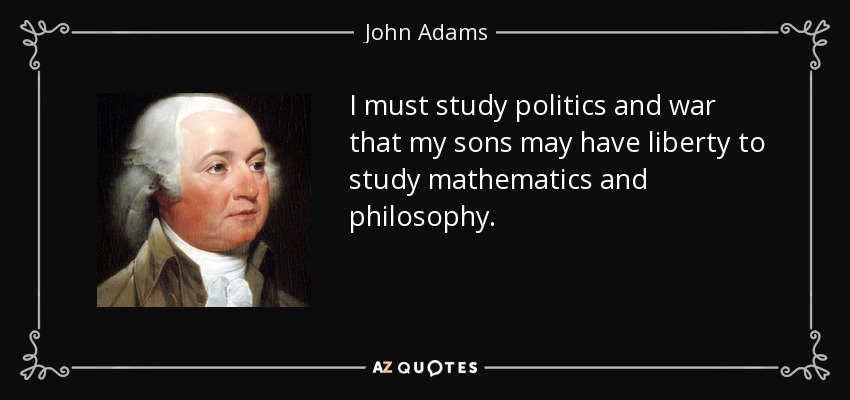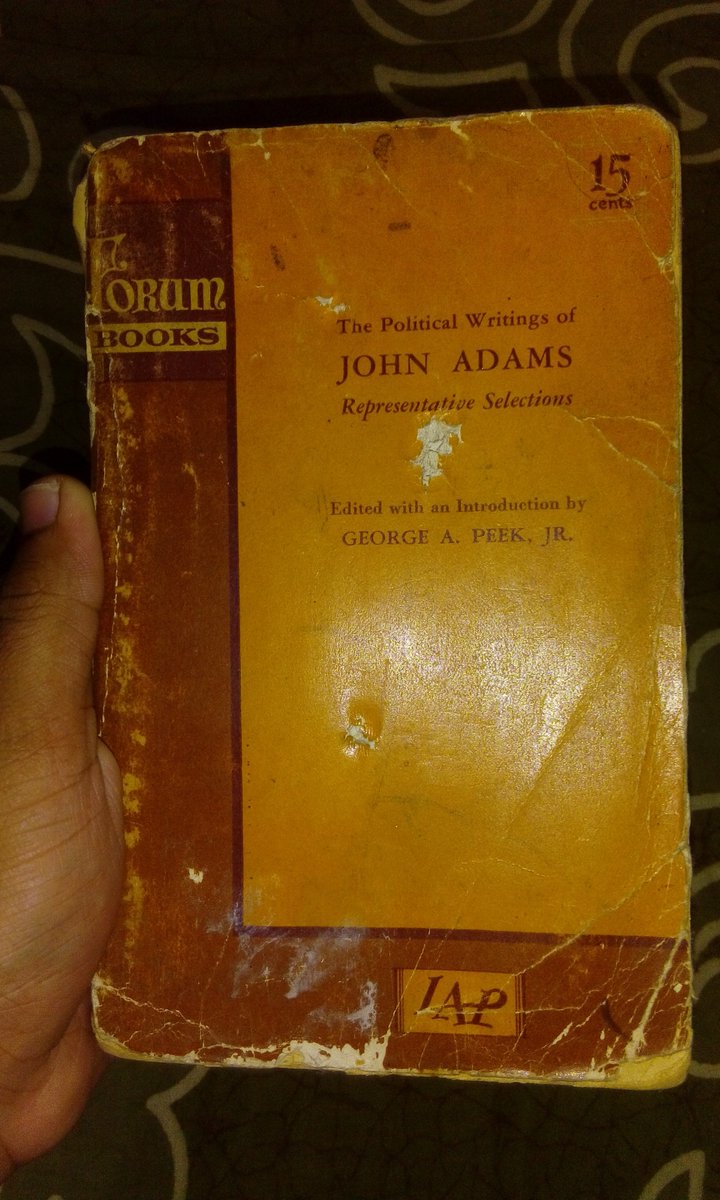
By the use of Clepsydras(water clocks) until Vedic mathematics and astronomy was rigorous enough to arrive at horological constants independently.
"A vessel which holds 50 palas of water is the measure adhaka. Four times this is the drona. This lessened by three kudavas(3/16 adhaka) is the volume equivalent of the length of one nadika of time"
-Vedanga Jyotisha 24
- Yajur Vedanga Jyotisha verse 38
By the time of the 𝘈𝘳𝘵𝘩𝘢𝘴𝘩𝘢𝘴𝘵𝘳𝘢, Acharya Kautilya was already trying to empirically arrive at an accurate measure of muhurta.
-Arthashastra II.20.29-34
The hole is approximately 0.6 mm.
Sounds modern, nay?
Its successor the Gregorian calendar is near universal today.
A matter of great pride for Europe!
But which civilization truly invented the Solar calendar?
Some artefacts have been interpreted to suggest that the Egyptian civil year of 365 days began in mid 3rd mBCE or early 2nd. But there is fair amount of speculation involved in these dates & also high criticism of them.
There is one last cradle of civilization left unexamined by scholarship.
The Vedic/ Harappan civilization.
Have they recorded the sun's motion?
Do they specifically mention the solar calander of 365 days?
Do they record astronomical events which can be used for dating?
Are they also datable by other means?
𝐘𝐄𝐒!
It is mentioned so unequivocally with a level of sophistication leaving no doubt that the Vedic Arya have been doing Math & Astronomy for centuries prior
- Krsna Yajurveda
𝘛𝘢𝘪𝘵𝘵𝘪𝘳𝘪𝘺𝘢 𝘚𝘢𝘮𝘩𝘪𝘵𝘢 7.2.6
"Five days more are required over the 𝘴𝘢𝘷𝘢𝘯𝘢 year of 360 days to complete the seasons. For six days are too long. And four too short."
-𝘛𝘢𝘪𝘵𝘵𝘪𝘳𝘪𝘺𝘢 𝘚𝘢𝘮𝘩𝘪𝘵𝘢 7.1.10
It is the primitive bronze age. 3rd mBCE. Yet, not only have Vedic astronomers calculated the tropical year for civilian use as 365 days, they even know that the true value is not a whole number!
You can see how the urge to represent and deal with fractions challenged them so early on!
We know that the solar calendar was used in Vedic times & wasn't just calculated for astronomy's sake since the 12 months are mentioned by name in the same text.
Sukra and Suci, the months of summer.
Nabha and Nabhasya, the months of rain.
Isa and Urja, the months of autumn.
Saha and Sahasya, the months of winter.
Tapa and Tapasya, the months of the cool season."
-T. samhita 4.4.11.1
The Samhitas, Brahmanas etc are primary texts- which means they have not undergone accretions or corruptions rendering them historically unreliable. Whatever they say about contemporary society around them or constellations above them-are reliable
Now Samhitas are older than Brahmanas, so the oldest textually attested dates for the solar calendar is~2500BCE.
So Lagadha was not a pioneering astronomer. He only compiled centuries of accumulated Vedic astronomical knowledge.
"In a Yuga there are 5 solar years= 1835 sidereal days= 1830 civil days=62 synodic months=1768 risings of the moon"
Clearly, the civilian calendar was inaccurate- 1835/5= 366. But it was only for day to day use.
But that was not enough for the Vedic priests. They needed absolute accuracy for the rituals which had to be performed at specific points of the lunar and solar cycles.
Thus, we had a full fledged solar calendar which continued to be improved throughout history.
Vedanga Jyotisha of Lagadha- translation and commentary by SK Mukherjee
Yajurveda Samhita- Translation by A.V Radhakrishnavaidik (malayalam)
Arthashastra- Edited and translated by LN Rangarajan
Rig Veda
Sāvana year is 360 days!
Yajur~2400BCE
'Somewhere btw 365 & 366!'
Lagadha-1370BCE
'366 for civil use!'
Kautilya-300BCE
'Correction month every 2.5 years!'
Surya Siddhanta~200AD
365.2588
Aryabhata
365.2585
Modern sidereal year=365.25636
The author of Surya Siddhanta broke the stagnation & unleashed radical progress.




